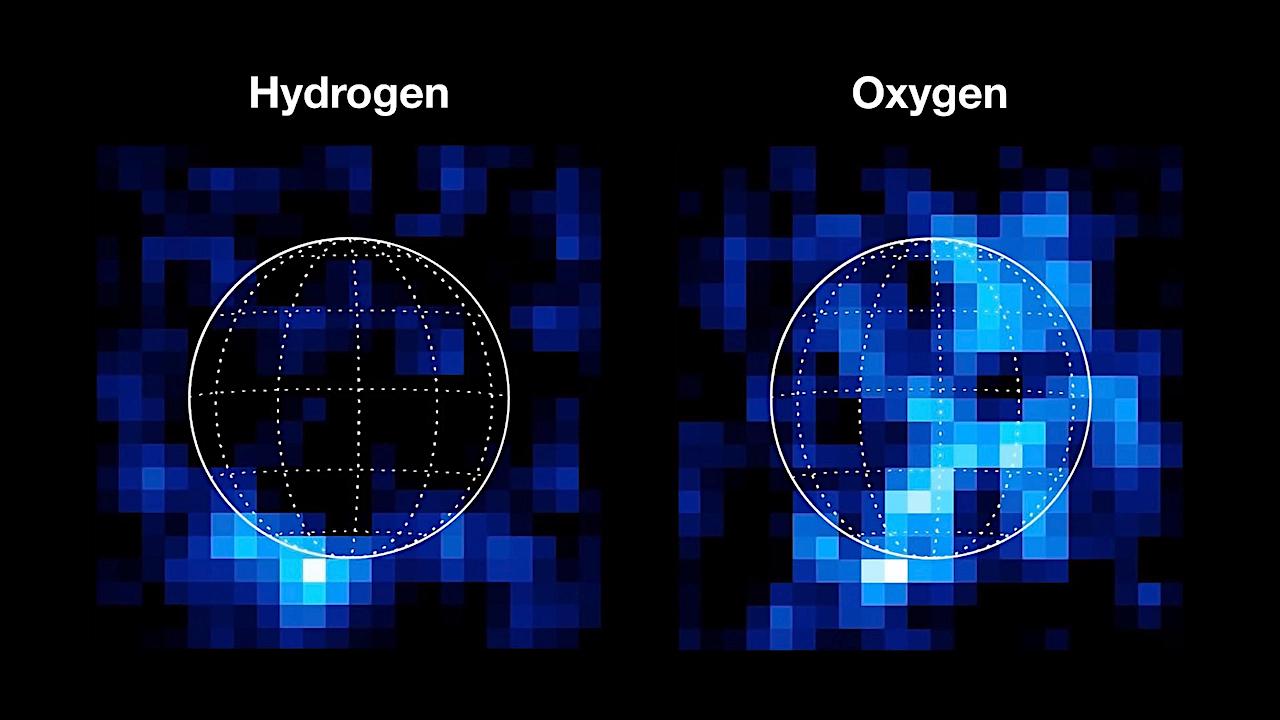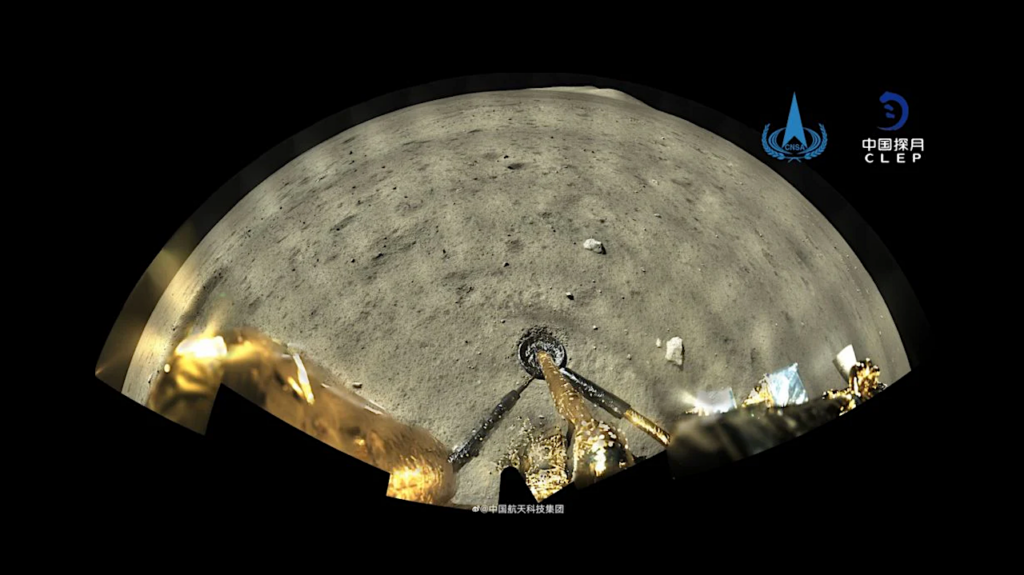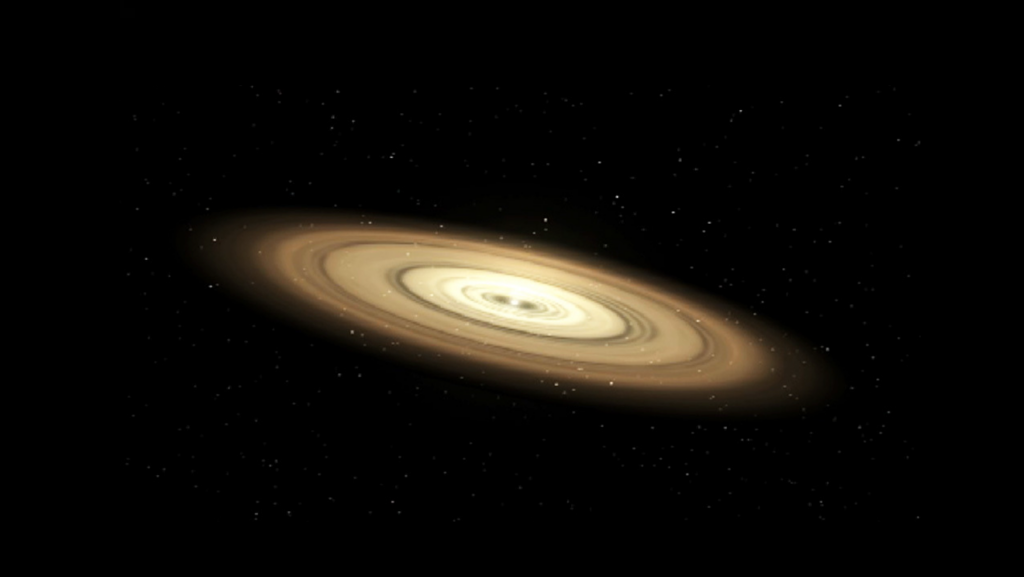Hubble’s Ultraviolet Observations Reveal Hydrogen and Oxygen at Europa

Ultraviolet observations made by NASA’s Hubble Space Telescope in 2012 illustrate two key elements in the thin atmosphere of Jupiter’s moon Europa: hydrogen and oxygen. A white circle indicates the outline of Europa.
The hydrogen data could potentially be evidence of an active plume venting water from the ocean beneath Europa’s icy crust.
If plumes do exist at the Jovian moon, the ultraviolet spectrograph on NASA’s Europa Clipper spacecraft (Europa-UVS) could detect their activity at much higher resolution.
Europa Clipper’s three main science objectives are to determine the thickness of the moon’s icy shell and its interactions with the ocean below, to investigate its composition, and to characterize its geology.
The mission’s detailed exploration of Europa will help scientists better understand the astrobiological potential for habitable worlds beyond our planet.
NASA ID: PIA26462 Date Created:2024-10-11 Larger image
Astrobiology, Astrogeology,








